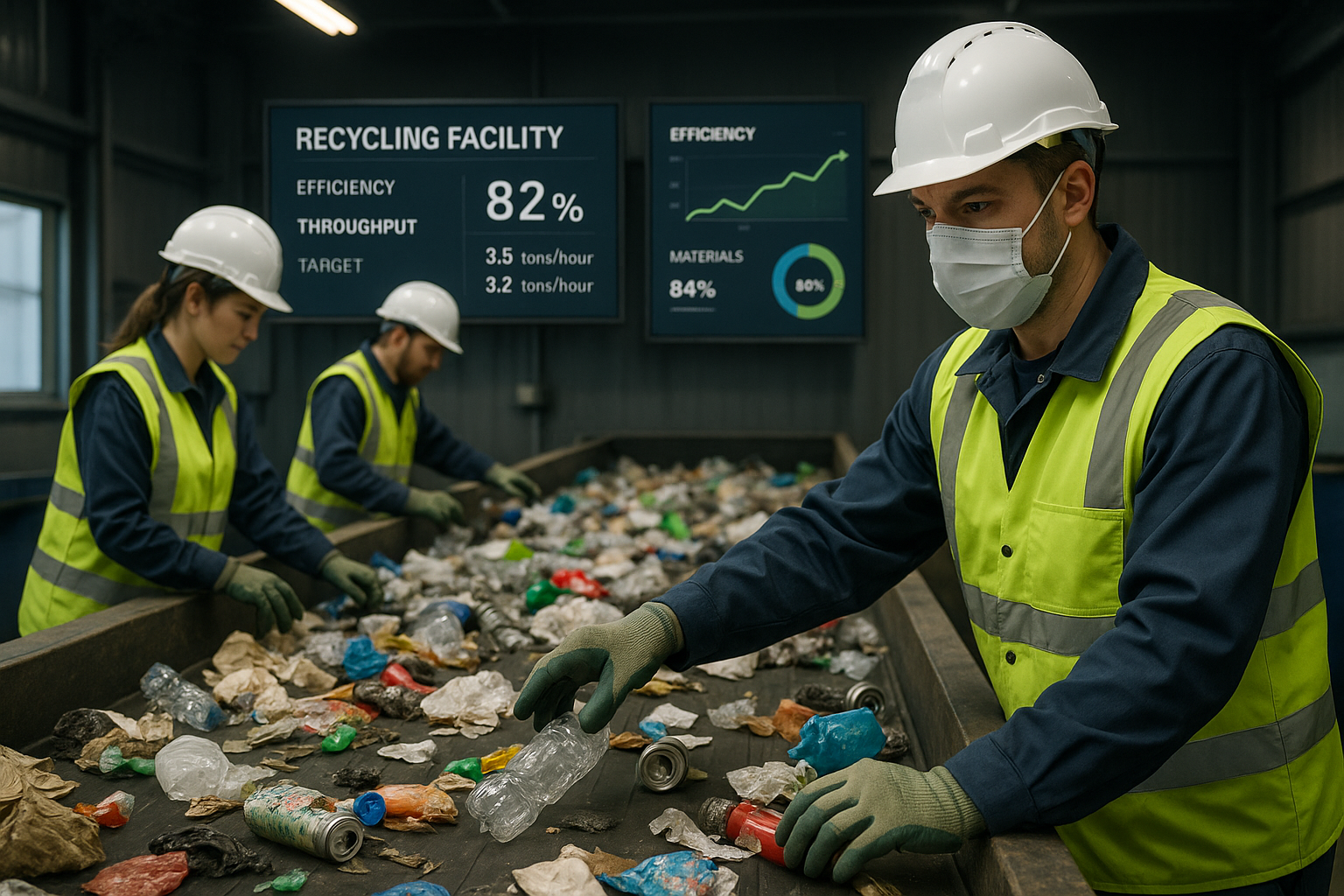Transform Resource Management with Game-Changing Waste Prevention Strategies
Transforming your resource management with innovative waste prevention strategies can significantly boost your operational efficiency and sustainability—see these options for a smarter approach to resource management.

Understanding Waste Prevention in Resource Management
In today's competitive business landscape, effective resource management is crucial for reducing costs and enhancing sustainability. Waste prevention strategies are at the forefront of this transformation, offering organizations the opportunity to streamline operations and minimize environmental impact. By implementing these strategies, you can not only reduce waste but also improve resource efficiency, leading to significant cost savings and a more sustainable business model.
The Importance of Waste Prevention
Waste prevention is not just about reducing the amount of waste generated; it's about rethinking how resources are used and managed. This proactive approach involves identifying areas where waste can be minimized or eliminated altogether. By doing so, businesses can reduce their reliance on raw materials, decrease waste disposal costs, and lower their carbon footprint. According to the Environmental Protection Agency, waste prevention can save businesses up to $4 billion annually in waste disposal costs alone1.
Key Strategies for Effective Waste Prevention
To effectively implement waste prevention strategies, businesses should focus on several key areas:
1. **Inventory Management**: By optimizing inventory levels and implementing just-in-time ordering, businesses can reduce excess stock and minimize waste. This approach not only lowers storage costs but also prevents the disposal of expired or obsolete products.
2. **Process Optimization**: Streamlining production processes to eliminate inefficiencies can significantly reduce waste. Lean manufacturing techniques, such as Six Sigma, can help identify and eliminate waste points, leading to improved productivity and reduced environmental impact2.
3. **Product Design**: Designing products with sustainability in mind can greatly reduce waste. This includes using recyclable materials, designing for durability, and creating products that are easy to disassemble and recycle at the end of their lifecycle.
4. **Employee Training**: Educating employees about waste prevention and resource management can foster a culture of sustainability within the organization. Training programs can empower employees to identify waste reduction opportunities and implement best practices.
Real-World Examples and Benefits
Several companies have successfully implemented waste prevention strategies with impressive results. For instance, General Motors has achieved zero waste at several of its manufacturing plants by recycling or reusing 100% of production waste3. This not only reduces waste disposal costs but also enhances the company's reputation as a leader in sustainability.
Moreover, Unilever's Sustainable Living Plan has helped the company reduce its waste impact by 32% since 2010, resulting in significant cost savings and improved brand image4.
Financial Implications and Opportunities
Implementing waste prevention strategies can lead to substantial financial benefits. Companies can achieve cost savings through reduced material usage, lower waste disposal fees, and increased operational efficiency. Additionally, businesses that prioritize sustainability often gain a competitive edge by attracting eco-conscious consumers and investors. According to a report by McKinsey, companies with strong sustainability practices outperform their peers financially, with a 5-10% higher valuation premium5.
As you explore these options, consider how waste prevention strategies can be tailored to your specific business needs. Visit relevant websites and search options for specialized solutions that align with your sustainability goals.
Embracing a Sustainable Future
Adopting waste prevention strategies is a powerful way to transform your resource management and drive sustainable growth. By focusing on reducing waste, optimizing processes, and designing sustainable products, you can achieve significant cost savings while enhancing your brand's reputation. As you browse options and explore specialized solutions, remember that every step towards waste prevention is a step towards a more sustainable and profitable future.